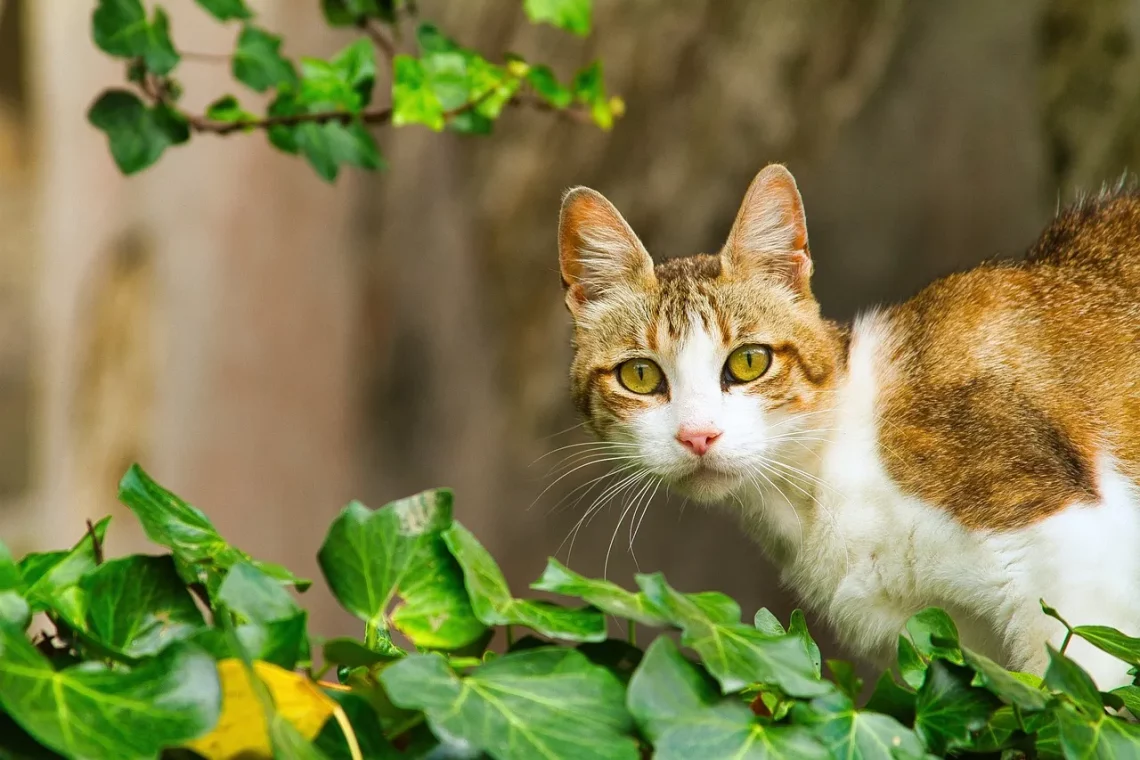
Understanding Saline Solution for Cats: Uses and Benefits
Understanding the use of saline solution in feline health is crucial for any cat owner. Saline solutions, typically composed of sodium chloride dissolved in water, are versatile and can serve various purposes in veterinary medicine. In a world where pet care is becoming increasingly advanced and informed, understanding the applications and benefits of saline solutions can empower cat owners to make better decisions regarding their furry friends’ health.
The use of saline solutions transcends mere hydration; they play a critical role in medical treatments, wound care, and even in managing certain health conditions. While many cat owners may not be familiar with saline solutions, they are essential tools that veterinarians often utilize to ensure the well-being of cats. From rehydration during illness to flushing wounds, saline solutions can be indispensable in a range of scenarios.
Moreover, understanding the composition and types of saline solutions available can help pet owners recognize when it is appropriate to use them and when to seek professional veterinary advice. This knowledge not only enhances the health and safety of cats but also fosters a deeper bond between pets and their owners, as they become more engaged in their care.
Uses of Saline Solution in Veterinary Medicine
Saline solutions have a multitude of uses in veterinary medicine, particularly when it comes to the treatment and care of cats. One of the most common applications is for rehydration. Cats can become dehydrated for various reasons, including illness, heat, or insufficient water intake. In such cases, a saline solution can be administered to restore fluid balance, helping to maintain vital functions and overall health.
Another important use of saline solution is in the management of certain medical conditions. For example, cats suffering from urinary blockages may benefit from saline infusions to flush out toxins and restore normal kidney function. Saline solutions are also used in the preparation of intravenous (IV) fluids, ensuring that cats receive the necessary electrolytes and hydration during surgeries or when recovering from illness.
In addition to rehydration and medical treatments, saline solutions are valuable for wound care. When a cat sustains an injury, cleaning the wound with saline can help remove debris and bacteria, reducing the risk of infection. This method is particularly beneficial for minor cuts and abrasions. Saline solutions can also be used to rinse the eyes in the case of irritation or foreign objects, providing immediate relief and preventing further complications.
Overall, saline solutions are versatile and essential tools in veterinary practice. Their applications extend far beyond hydration, serving critical roles in medical treatment, wound care, and even emergency situations. Understanding these uses helps cat owners appreciate the importance of saline solutions in maintaining their pets’ health.
Benefits of Saline Solutions for Cats
The benefits of saline solutions for cats are numerous and significant. One of the primary advantages is their ability to effectively rehydrate cats, especially during times of illness. Dehydration can lead to severe health issues, including kidney failure, so administering saline solutions can be life-saving. Cats that are reluctant to drink water or those that have lost fluids due to vomiting or diarrhea can greatly benefit from saline therapy.
Moreover, saline solutions are generally safe and well-tolerated by cats. They mimic the natural balance of fluids in the body, making them an ideal choice for hydration and medical treatment. The isotonic nature of saline ensures that it does not cause any disruptions in the cat’s electrolyte balance when administered correctly.
Another key benefit is the role of saline in wound care. Cleaning a wound with saline can significantly reduce the risk of infection, promoting faster healing. Since saline does not contain any harmful additives or irritants, it is a gentle option for treating injuries. This is particularly important for cats, as they may be prone to licking their wounds, which can introduce bacteria. Using saline as a cleansing agent can help mitigate this risk.
Saline solutions can also promote comfort in cats. For instance, flushing irritated eyes with saline can provide immediate relief from discomfort and prevent further irritation. In cases of allergies or foreign contaminants, rinsing with saline can be a soothing solution, making it easier for cats to recover.
In summary, the benefits of saline solutions for cats encompass hydration, safety, wound care, and overall comfort. These solutions empower pet owners to take proactive steps in maintaining their feline friends’ health, demonstrating the importance of understanding their applications and advantages.
How to Properly Use Saline Solution for Cats
Using saline solution for cats requires careful consideration and proper technique to ensure safety and effectiveness. Whether you are using it for rehydration, wound care, or eye rinsing, there are essential steps to follow.
Firstly, if you are administering saline solution for hydration, it is crucial to consult with a veterinarian before proceeding. They can recommend the appropriate type and amount based on your cat’s specific needs. If your cat is experiencing severe dehydration, a veterinarian may recommend intravenous administration, which should only be performed by a professional.
For wound care, begin by cleaning your hands thoroughly before handling the saline solution. If you are using a pre-packaged saline solution, ensure the seal is intact. When applying the saline to the wound, you can either soak a clean gauze pad with the solution or use a syringe to gently flush the area. It is essential to avoid using excessive force, as this can cause further injury or discomfort to your cat.
When rinsing your cat’s eyes, use a sterile saline solution specifically designed for ophthalmic use. Tilt your cat’s head gently and apply a few drops into the corner of the eye. Allow the saline to flow across the eye, flushing out any irritants. Be sure to monitor your cat’s reaction and consult a veterinarian if you notice signs of persistent irritation or discomfort.
Always store saline solutions in a cool, dry place and check the expiration date before use. If you have any doubts about the appropriate use of saline for your cat, do not hesitate to reach out to your veterinarian for guidance.
In conclusion, proper usage of saline solutions can greatly enhance your cat’s health and well-being when applied correctly. Understanding the recommended procedures and consulting with a veterinarian can ensure that your feline friend receives the best possible care.
**Disclaimer:** This article is for informational purposes only and does not constitute medical advice. Always consult with a qualified veterinarian for health concerns regarding your pet.




